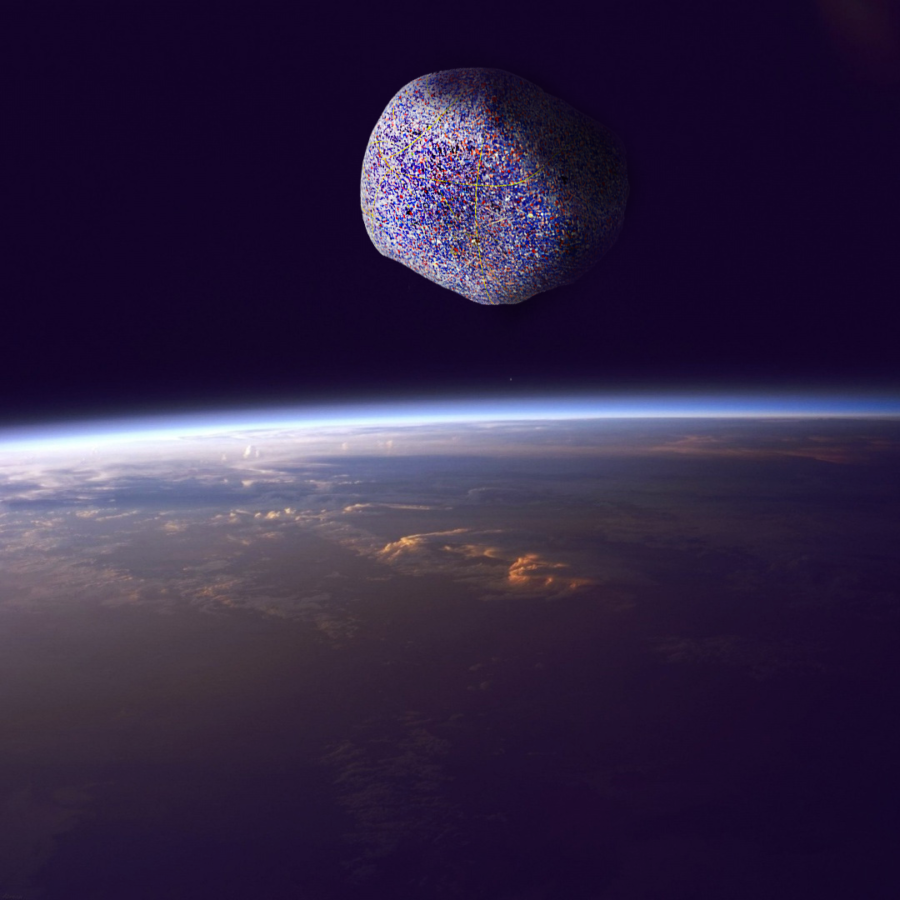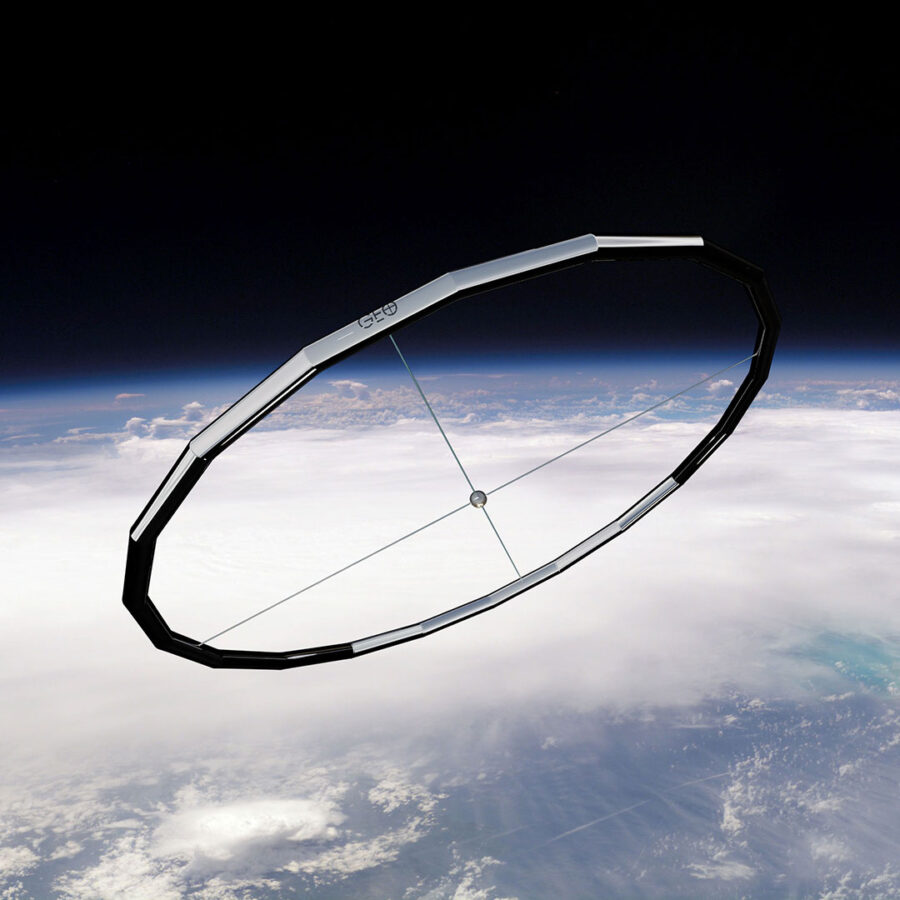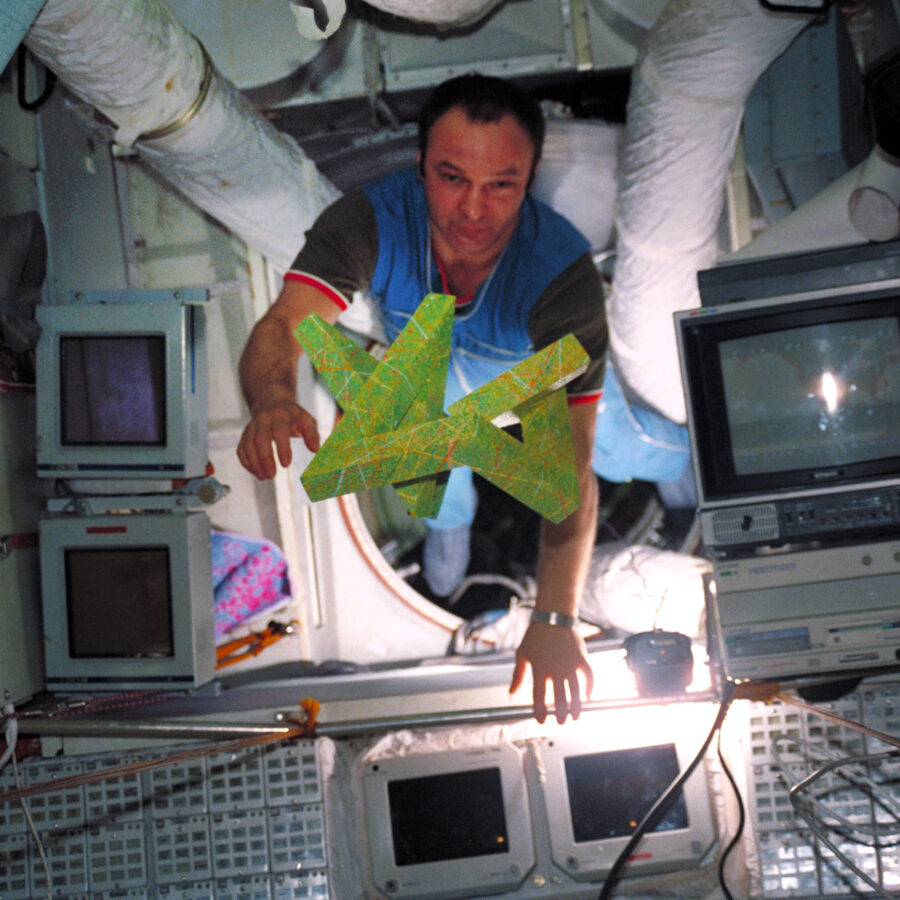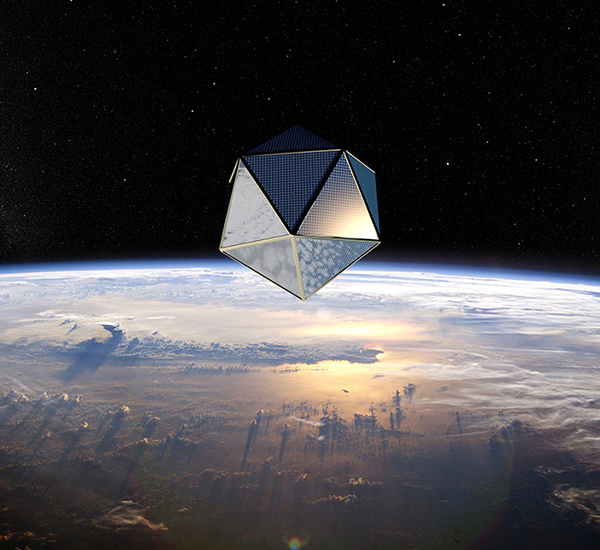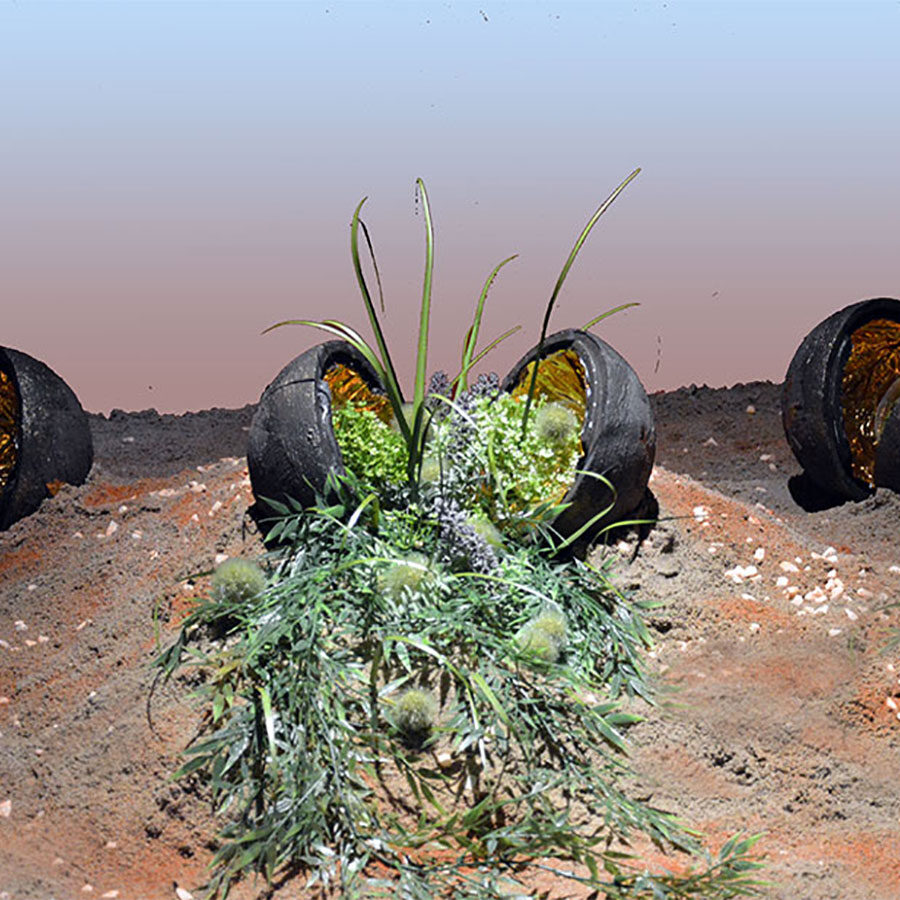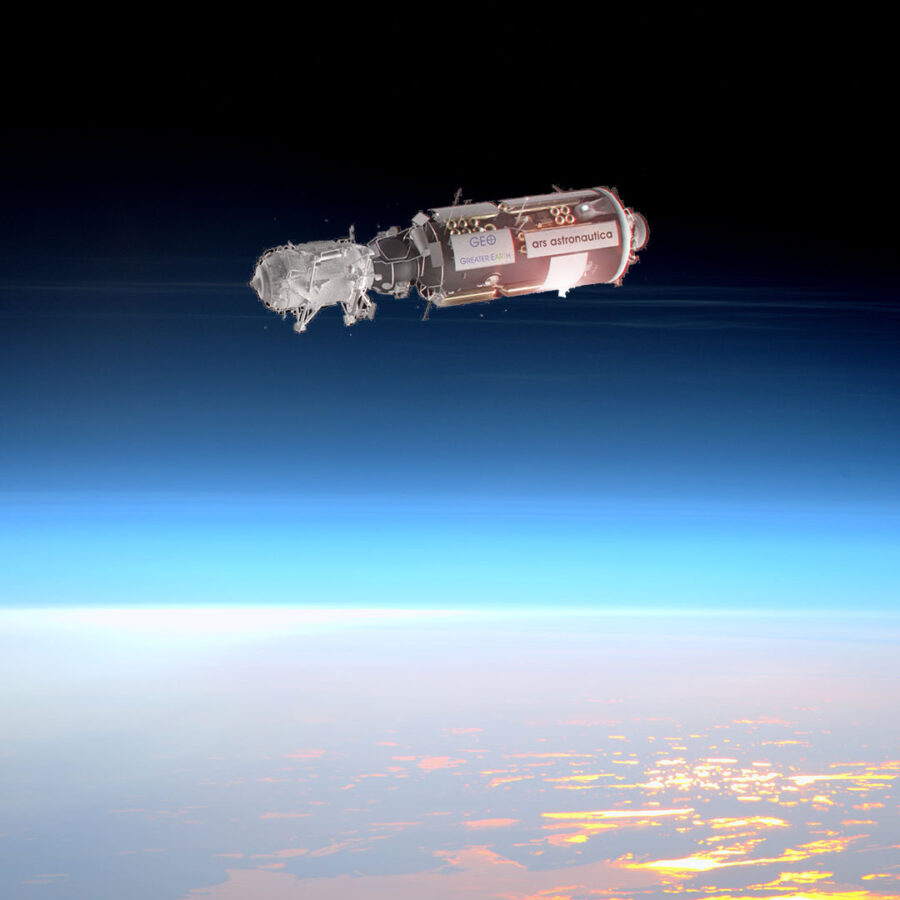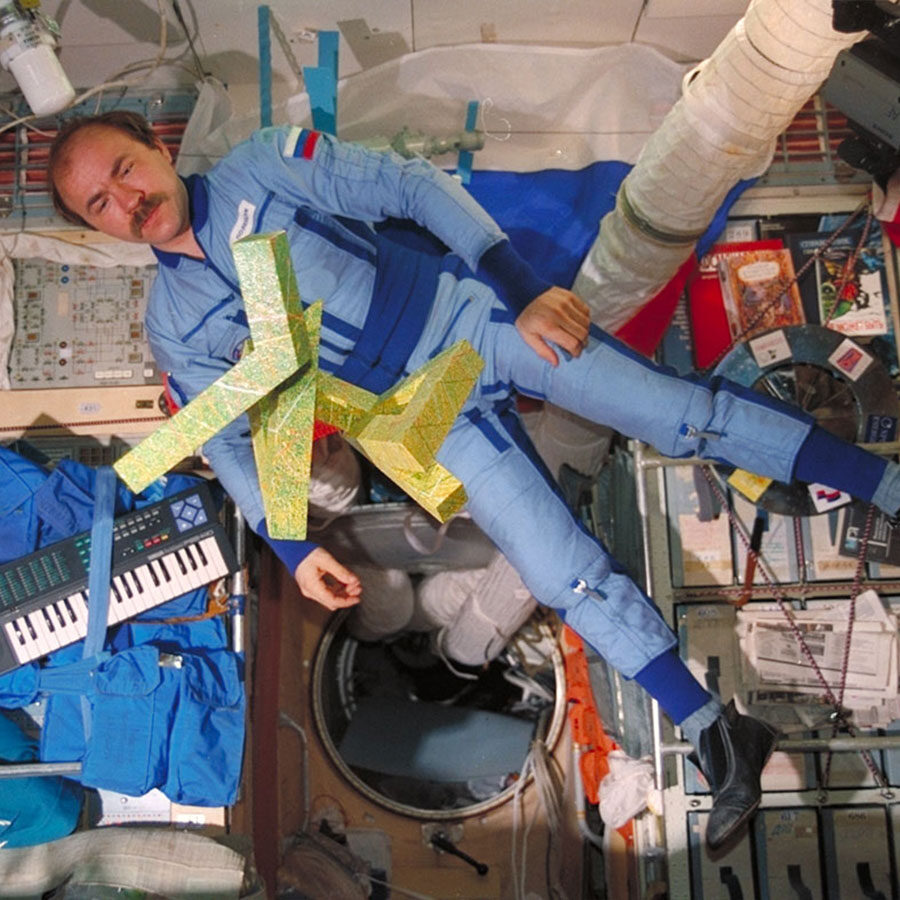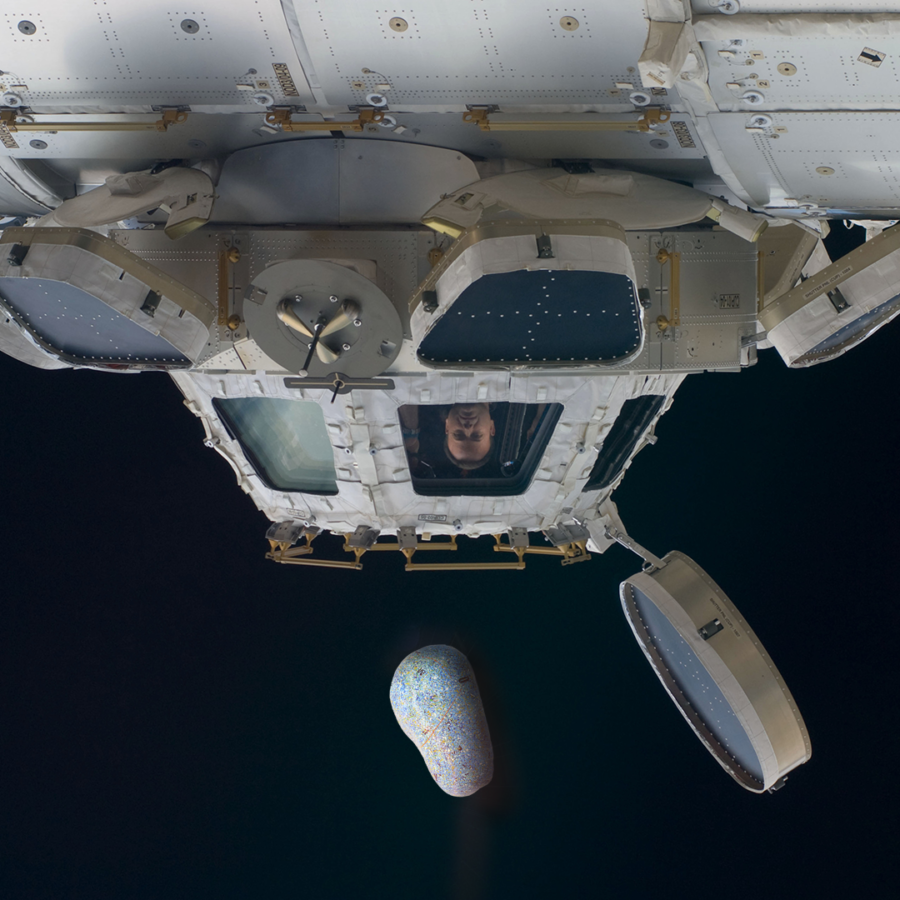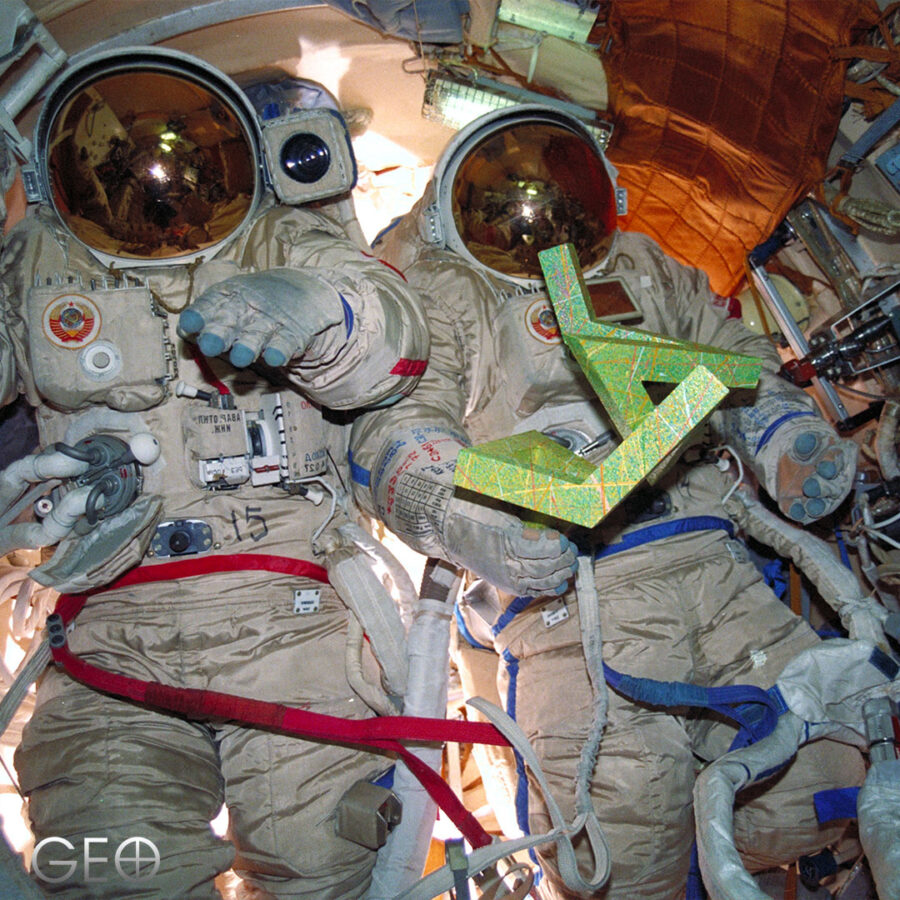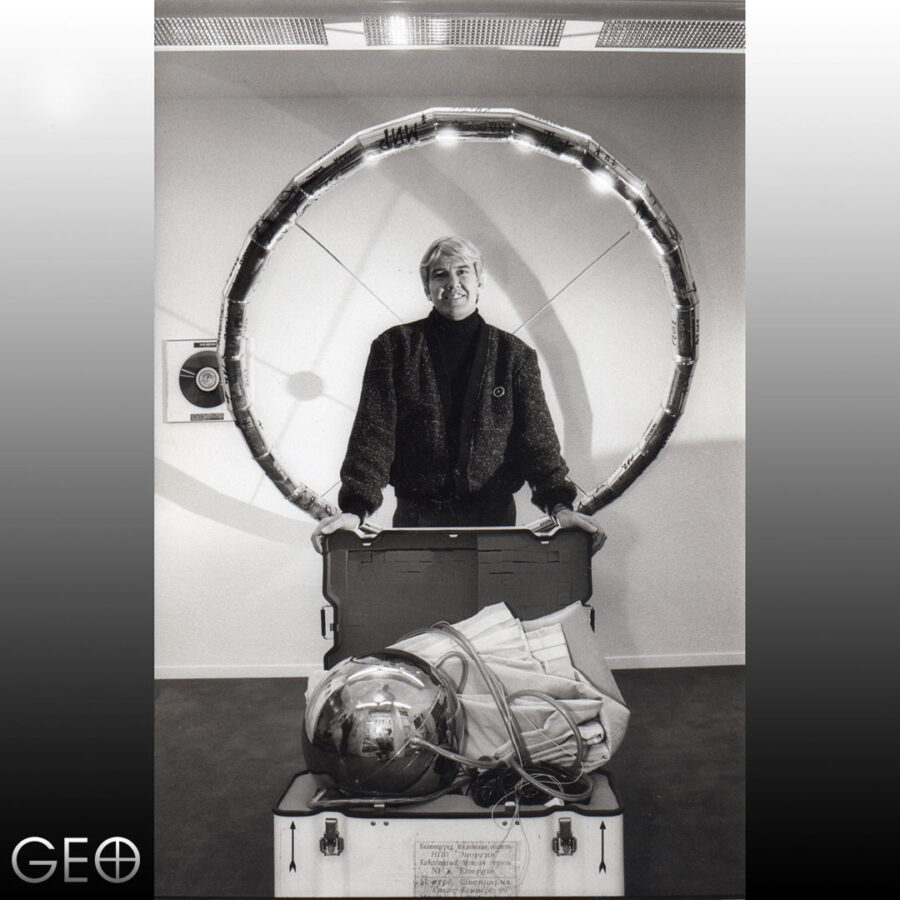Approximately 100 years ago, at the beginning of the modernist era and of “modern art”, the avant-garde was characterized by its confidence and optimism about the future. They held the firm belief that the industrial age was opening many new territories to explore and that art, in its most noble and explicit way, would find the necessary metaphors by which a radically changing culture could be explained. There was no sense that civilization would ever be threatened by the very forces that fueled their optimism. There were no statistics about pollution, overpopulation, ozone holes, and resource shortages to numb the senses and to counter their optimism.
Yet, as the century progressed, modern art strived and ultimately failed, as did religion, to provide modern humanity with spiritual sustenance and ethical guidelines in the brave new world of the 20th century. Consequently, postmodern society has become increasingly more materialistic at the expense of the human spirit, its moral values and of its shared vision.
If our species continues with its relentless, materialistic ” business-as-usual” approach to current human affairs, ignoring all of the obvious environmental and political signals that are reported daily in the media until it is too late; it is risking certain ecological collapse, appropriation and rationalization of resources, political and cultural repression, and the eventual crash of society under the weight of too many people with too many problems on a planet that is too small.
Indeed, we are already witnessing some of these undesirable developments today – changes in the world climate, extinctions, outbreaks of mass starvation, depletion of natural food stocks and, of course, terrorism and the wars over the control of finite resources to mention only the most obvious.
It appears that the only alternative to the “business as usual” approach to the future being seriously discussed today can be generally described as the “green option” which has set forth the seemingly impossible task of trying to change human nature by persuading present society to retreat from a dynamic, energy intensive, global market economy which has enabled the substantial prosperity for the developed nations at the expense of the lesser developed societies and of the environment.
While the husbandry of valuable resources and the search for alternatives to fossil fuels and nuclear power are desirable and necessary goals that should be diligently pursued, the absence of a viable terrestrial alternative to humanity’s growing energy requirements is a major concern for a growing population. If humanity would consequently follow the “green” path without first “solving” the critical energy question, it must eventually turn off the very economic engine that is essential to maintaining today’s society and, with it, the hopes and dreams of the developing societies that have no other economic model on which to base their future survival. In addition there is the “greenhouse factor”. Any alternative energy resource must also be free of greenhouse gases as the impact of these on the climate and the environment may be as critical as a lack of sufficient energy.
With world population predicted to reach 8 billion or slightly more by 2020, neither of the above options for humanity’s future is very optimistic in the near term. The end result of the “green option” will not be much different than that of the “business-as-usual” approach. The stresses to the environment and to society will continue to increase to the point of no return which will likely lead to unimaginable acts of violence and destruction. The human species will have become a victim of its own success and the price of that success in the 20th century may unfortunately spell the end of civilization as we know it in the 21st century.
However, there is a third and “optimistic” option to the above scenarios. Called the “Space Option”, it takes into account human nature and still offers a realistic and equitable approach to meeting humanity’s growing energy needs. The Space Option is an evolutionary plan to significantly meet the basic and anticipated needs of all human societies on Earth through the utilization of extraterrestrial resources – not for the in-situ support of science or exploration – but rather to apply these resources and/or their products for use on Earth at a conspicuous level.
The Space Option is not directly focused on colonizing outer space nor is it about exploring distant planets and stars per se, although these activities would most likely and logically happen as a result. But rather, it is about accessing and utilizing the infinite natural resources (to some extent for human purposes) located just above our heads rather than exhausting what is left of the dwindling and finite resources located below our feet.
When most people imagine “space” they automatically assume immense emptiness and unobtainable distances. However, within the boundaries of Earth’s gravitational influence which creates a sphere that extends 1.5 million kilometers outwards, exists 13 million times the volume of the physical Earth and through it, passes some 55,000 times the amount of solar power than which is available on the surface of our planet. Enormous amounts of other natural resources, including the Moon, are located inside this 3 million kilometer sphere which defines the true dimensions of our planet in relation to the immediate cosmos. This definition has been referred to as “Greaer Earth”.
Like the territorial waters surrounding nations, these resources existing beyond the atmosphere belong to the present and future inhabitants of our planet and could and should, in my opinion, be used for their ultimate benefit. Therefore, the Space Option does not need to be enacted on Mars or elsewhere in the far solar system; it can be effectively implemented within the celestial boundaries of our planet located outside of the biosphere. There is plenty of room there for new ideas, new forms, new structures and new adventures.
The fundamental advantage of the Space Option over the other two options is that it would provide our ambitious species with the necessary and limitless quantities of clean solar energy and other raw materials to keep its present civilization comfortably going throughout the millennium while providing the means for hope and prosperity for the developing populations and, at the same time, its benefits would contribute to the preservation of the environment of the home planet for future generations. Once the infrastructure to harness its benefits is in place, and with the resulting wealth it will create, it will irresistible for humanity to not to go further – as I mentioned above, the Space Option is an evolutionary plan. There is a growing body of scientific literature about how this can happen.
Discussing options for humanity implies it making a choice. Either humanity will embrace the opportunities implicit in the Space Option to survive and thrive, or it must accept the reality that present civilization has already reached its peak. By ignoring the Space Option, humanity will have turned its back on the future and will have begun the long painful decent through its brief history, watching its once magnificent civilization crumble, piece by piece, into the rubble and dust of a new Stone Age.
Indeed, choosing between a “Stone Age” or a “Space Age” is the ultimate decision that must be made by those alive on the planet at this very moment. However, the choice has to be made soon – it cannot be postponed.
Artists and architects of the new millennium, burdened with the pessimistic baggage that has become the legacy of post modernity, yet aware and convinced that human destiny on Earth is irrevocably linked to human destiny in space, have the unique opportunity to passionately imagine and build a truly optimistic and inspiring future for humanity – one that is far more compelling than any virtual reality so far imagined.
“spaceoptionism ” , “spaceoptimism” , ” spaceism” or “…………..”
What should it be called?
* (Excerpted from the Tate-in-Space discussions – November 11, 2002 . )

